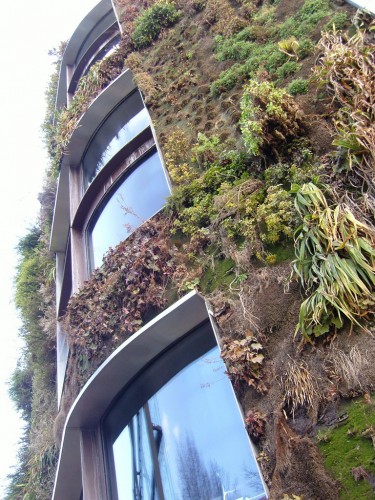Throughout this term, I’ve been lucky to learn a lot. Not just about sustainability, but about seeing my every day in a new perspective.
I chose to take a sustainability track on a whim, not knowing much about what to expect or what I would be learning. However, I’m pleased to say that I’ve been able to encounter a great community of forward-thinking individuals, who have shown me another way to look at our surroundings.
How has this course changed my point of view? I feel that I’ve changed the most as a consumer. I notice more brands that are socially responsible, I question more environmental statistics, and I ask more questions about product characteristics. News articles reflecting environmental topics seem more eye-catching. Honestly, I’m not a bold environmentalist, nor do I plan to be one. But through this course I’ve definitely been able to bring myself to do the little things I can do to help.
Luckily, I live in Vancouver so it’s pretty easy to buy green and buy local. Other than that, I’ve been pretty determined to try and consume less in general. I’ve always been an impulsive shopper, and the best thing that I’ve (or at least my wallet has) been able to gain from this course is questioning my purchase decisions.








